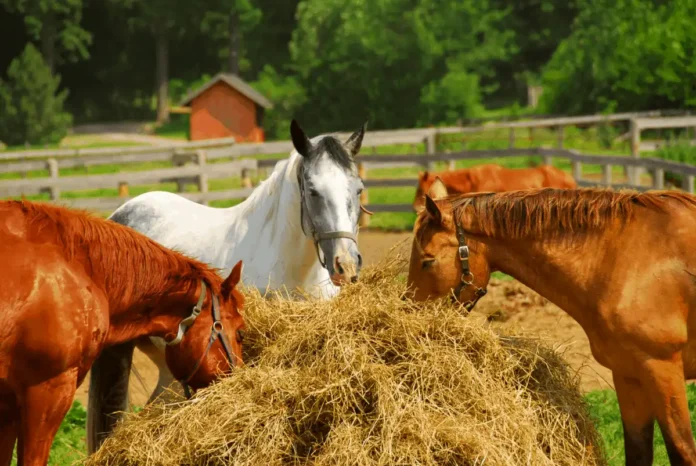Feeding practices have changed quite a bit throughout history, as nutritional research has advanced and horse food has become not just fuel, but also a tool for enhancing their performance. So, how has feeding horses changed throughout history? Let’s take a look!
Nutritional Research
At the beginning of the century, there was very little advancement in terms of horse nutrition and not much research was conducted. However, in the past few years, there has been an increase in interest in the area, which is why today, we have very experienced equine nutritionists, and horse owners are better educated on the topic.
What horses were fed at the beginning of the century was partly based on where the horses lived and what feed they had available. The feed that they would have been commonly fed would be Lucerne, oats, barley, maize, and linseed. However, soy did tend to replace linseed as one of the major protein sources for horses. Around 1927, their diets started to consist of oats and hay, which was supplemented or substituted by maize, beans, dried grains, and straw. Today, the grains that are mostly fed to horses are oats and corn, including some barley and maize. In America, however, oat production in some areas is on the decline and may impact what horse owners feed their horses in the future. Around 1908, there were some feeds that would be considered unusual today, including gram, moth, urad, and kulfi.
Fed Differently
Although many of the basic types of grain that were fed to horses may seem very similar between 1908 and today, the ways that they are presented and fed to horses is quite different. Back in `1908, crushing, boiling, parching, and soaking grains, especially corn and barley helped to improve the digestibility of the grains. It was also considered that bruising would also help to improve digestibility. Today, however, many compound feeds that are fed to horses contain steam-cooked, extruded, or micronized cereal grains to help improve practical digestion and starch availability. Despite this, as there is little effect of these processings on the total digestibility of the feeds, much of the flaking and crimping of the grains is for cosmetic reasons only, unless the horse has problems with chewing.
Supplementary Fats
Quite a noticeable difference between the feed then and now is the current inclusion of supplementary fat in the diet of the horses. This is especially for competition horses. This increase was developed as a result of work in the mid-1970s. there is no doubt that this supplementary fat does have an important role to play in the nutrition of horses today, due to its energy density and the amount of feed that a horse needs to have enough energy intake if they are working hard.
As you can see, what horses have been fed has changed quite a bit over the years. With leading equine nutrition research regularly conducted today, we have taken all the positives out of our horse feeding history and implemented it today.







